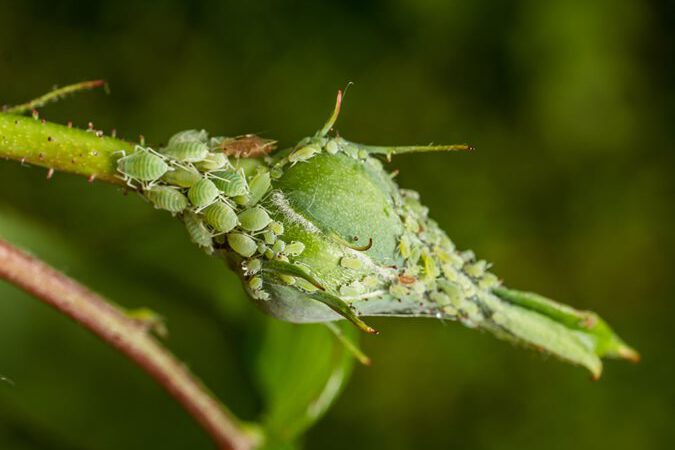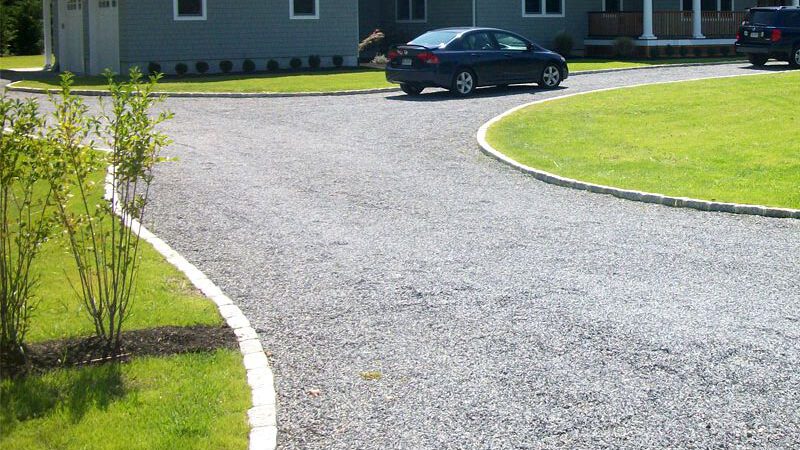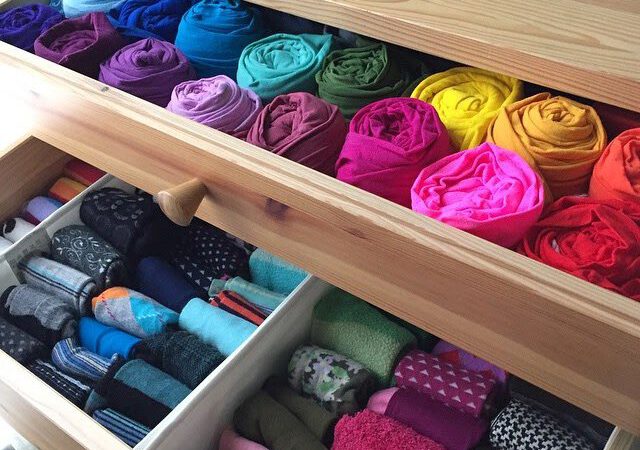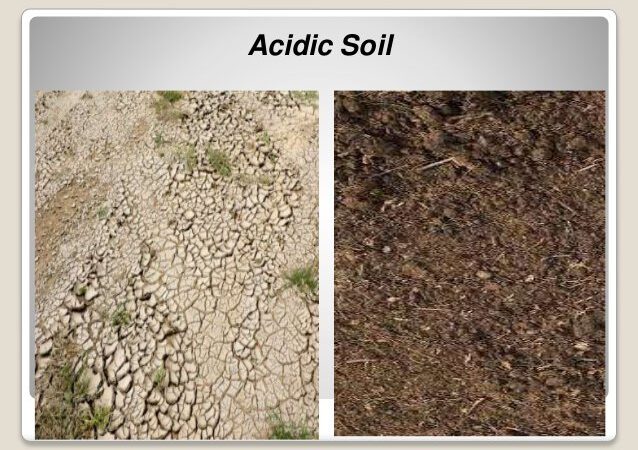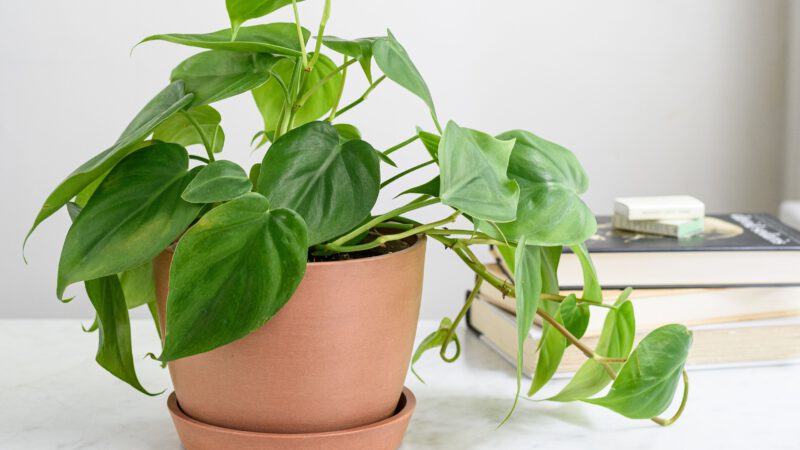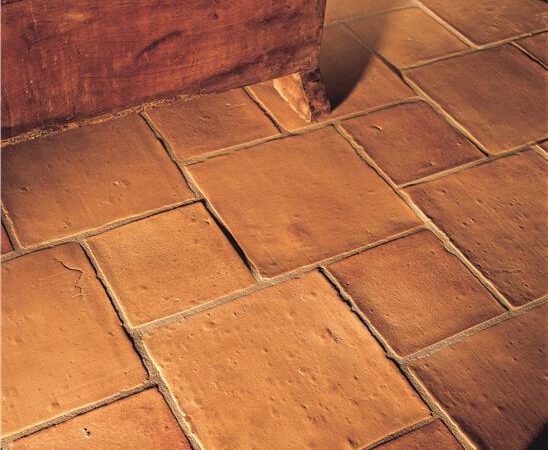How to Make a Composter
Making compost is a great way to reduce waste and help your garden grow. In this article, you’ll learn how to build your composter that will make it easy for you to help the environment while making your own compost. Let’s dive deep into this topic.
Difficult when making a composter
Composting can be done in many ways, but the easiest method is to use an enclosed container with ventilation holes drilled at the bottom for air circulation. The container should have sufficient drainage holes on its base so it doesn’t overflow when you add organic material. You can also purchase a kit that will help you construct this type of composter if you don’t want to build one yourself.
You need not worry about any harmful chemicals or pathogens escaping into the environment because all bacteria are killed during decomposition, leaving behind rich soil full of nutrients that will make your garden thrive.
Here’s how to make a composter, step by step.
1. Choose an appropriate size for your composter
The first thing you’ll need to consider is the size of your compost bin or box. You may choose a different-sized container depending on how much organic waste you generate every day and whether or not you want to separate kitchen scraps from your yard waste.
You should aim for a minimum of one-third green and two-thirds brown type compost. You can achieve this by adding grass clippings, leaves, and dry brown material such as straw or paper to your composter. Green matter includes fresh plants and vegetable scraps like coffee grounds and fruit rinds.
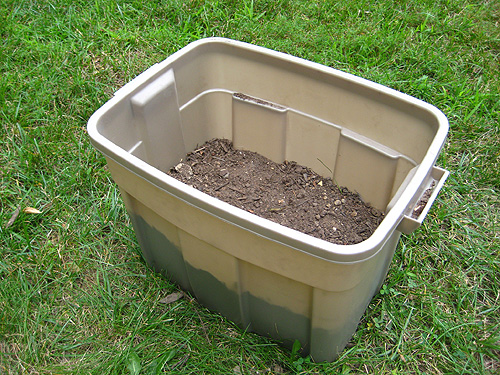
Image Credit: http://younghouselove.com
If you want to separate your kitchen scraps, you can use a smaller-sized composter. But if not, a large one will be sufficient for your needs. There’s no need to purchase a special composter for this purpose as long as it has enough space to contain all the organic matter.
2. Decide on the type of composting method you want to use – either cold or hot
The second thing you’ll need to consider is the type of composting method you want to use – either cold or hot. Choose a different-sized container depending on how much organic waste you generate every day and whether or not you want to separate kitchen scraps from your yard waste. The second thing you’ll need to consider is the type of composting method you want to use – either cold or hot.
Cold composting involves adding all your organic material to the composter and waiting for it to decompose over time. This process may take up to several months, so you’ll need to monitor how well it’s progressing every few weeks.Hot composting is done by piling your organic matter on the ground and covering it with a tarp. The pile is usually turned every week or so to hasten decomposition. This process usually takes about two months, depending on how densely you pack your compost material. If you want to make your composter, we recommend that you opt for hot composting as it’s easier and simpler to do.
3. Prepare the composter materials
Before you start making your composter, you need to gather all the necessary materials – which are listed below.
Compost bin or box made from wood with a watertight base and lidA drillGrommets setTyvek tape2 pieces of rebarMesh wire
4. Make holes along the sides and lid of your composter for aeration
You now need to drill holes at equal intervals around the interior walls of your container, as well as on the lid. These are very important because they allow air into your compost, which speeds up decomposition.
You should use the grommets set to make holes on the sides of your container. To make holes on the lid, you can simply use a drill. Use the Tyvek tape to cover these holes. This is very important as it prevents bugs and pests from getting into your compost.
5. Add the coarse materials to line the floor of your composter
Coarse materials like twigs, wood chips, or sawdust are necessary for your composter’s floor. These allow air to flow in and create pockets in your compost pile while also preventing it from getting soggy or too wet. When you put these materials down, you should make sure that they cover the entire floor of your container.
6. Drill holes in the lid and set up anchor posts
To ensure good air circulation inside your composter, you can drill an extra couple of holes into its lid. Make sure these are placed strategically so that your mesh wire will be able to fit securely on top of them.
7. Put mesh wire on the holes and anchor it down with the rebar
You should now put your mesh wire over the mesh lid and anchor it down with some rebar or any other suitable metal rods you might have at home. This will prevent pests and bugs from infiltrating your composter while allowing for good air circulation at the same time.
8. Make a mixture of your various organic materials and add them to your composter in layers
Add your green material first, followed by brown matter like dry leaves or hay. The green matter should be added in much greater quantity than brown matter since it decomposes more quickly. If you’re adding kitchen scraps to your compost, make sure they’re buried under other organic matter to prevent any bad odors from permeating your home.
9. Add water and stir everything up
Water is very important for speeding up the decomposition process when making a compost so you should spray some on your mixture once in a while. You can just use plain tap water for this purpose.
Is it more difficult to make a composting toilet than a composter?
No. I would say a composting toilet is easier to make because the components are smaller and less involved. A composting toilet can be made from five pieces of wood, pieces of PVC, two trash bags & your bin’s base.
Where do I buy supplies to make a composter?
Composters can be bought through many retailers or you can try going green and building them yourself. There are a few places that have supply lists for certain items depending on what material you choose to build with.
How do I know if my compost is ready?
It should be dark brown, have a sweet smell, and will feel slightly damp. If it’s ready to use in your garden then turn the contents into your soil & leave for a few days before planting any vegetables/herbs.
The bin is full – what do I do now?
You would need to add around 2-3 inches of composting material on top of the pile inside the composter, along with some ‘brown’ materials such as dried leaves or straw. This will help heat the composter again which will help break down the new materials added on top. Adding a couple of worms also helps speed up this process.
What are some common mistakes when composting?
Adding too many greens – your pile should have a ratio of 50-50 green & brown materials. Putting paper in – this is not recommended because it will take years to fully break down. Adding cooked foods – these are difficult for the microbes to break down so they’re best left out of your composter.
What’s the most efficient way to make my compost?
The best thing you can do is start with a balanced mix of greens & browns which will increase the speed at which your compost produces high-quality material. Keep an eye on moisture levels, put woody materials on the bottom, and keep it moist but not wet. Also, make sure you turn or aerate it once or twice a week using a garden fork.
What are the benefits of building a composter vs buying one?
There are many benefits to having your composter, including it being more cost-effective, reducing the risk of disease & pests by not storing compost in bags or bins, etc. There are also no restrictions on where you can build it which is great for people who may have limited space. It’s also better for the environment because you’re diverting organic wastes from landfills. This helps reduce methane emissions caused by anaerobic decomposition in these sites and makes garden maintenance easier too.

Image Credit: http://saga.co.uk
Final thoughts on how to make a composter
In conclusion, the process of composting is a very good way to make good use of all of your organic waste including food scraps. It is also an excellent way to help the environment by not having your trash go to landfills. As seen here, making your composter does not cost a lot money and involves easy steps that anyone can do on their own with very little tools.
The post How to Make a Composter appeared first on Kitchen Infinity.

